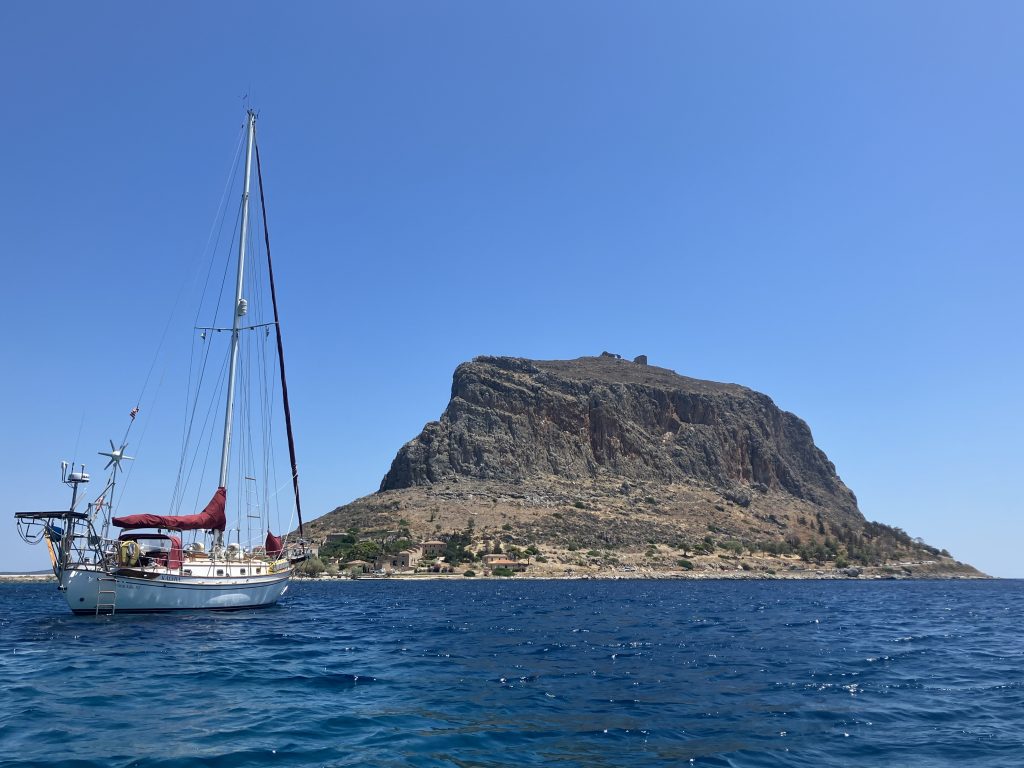
Another anchorage, another night approach. We had a nice sail from Elafonisós to Cape Maleas. And being a nice day, we had none of the horrid conditions that sailors report in this area (sudden high winds, confused seas). However the westerly winds we had expected never set in and we had to motor the last five hours up to Monemvasia. We arrived with the last scrap of daylight at 9:30pm and crossed our fingers as we dropped the anchor (you can’t see the bottom at this time of day to determine if you’re landing in grass or sand or on a rock). The anchor felt like it dragged just a bit and then set so we were happy, but the next day when I snorkeled I could see we were in weed, so I was happy that we wouldn’t be there during a blow of any sort.
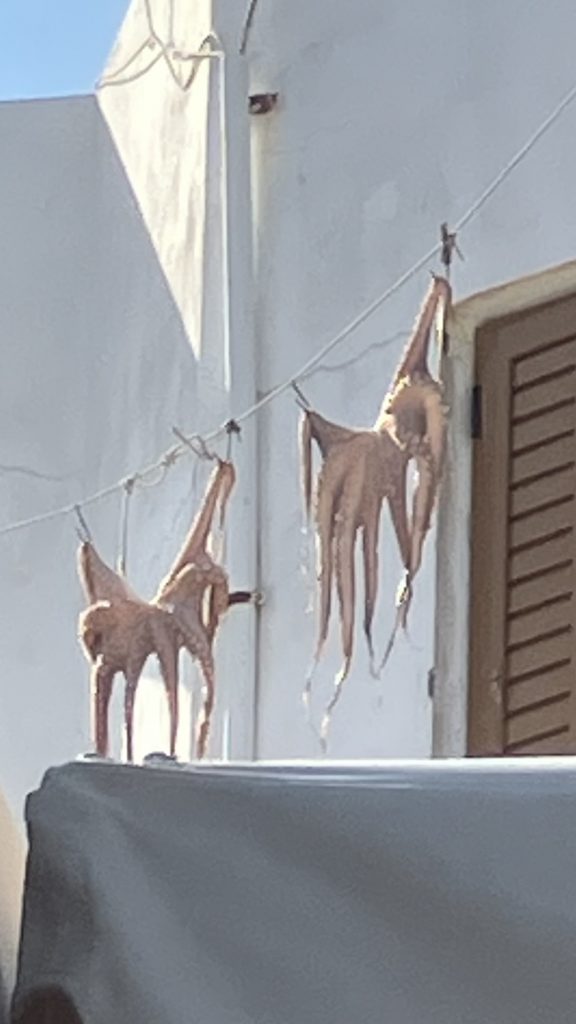
We spent the day in the mainland town of Gefyra (Monemvasia is the high, rocky island connected to the mainland by a narrow causeway). We were doing mundane things like getting our transit log stamped by the authorities, filling up water jerry cans in the abandoned marina, provisioning, and enjoying a coffee and a smoothie on the waterfront. The heat was brutal – it was already reaching 100F, so frequent rests in the shade were a must. By the end of the day we had accomplished everything we needed, and, with the temperature finally dropping, we took the bus from town up to the walled city of Monemvasia for dinner and a stroll around.
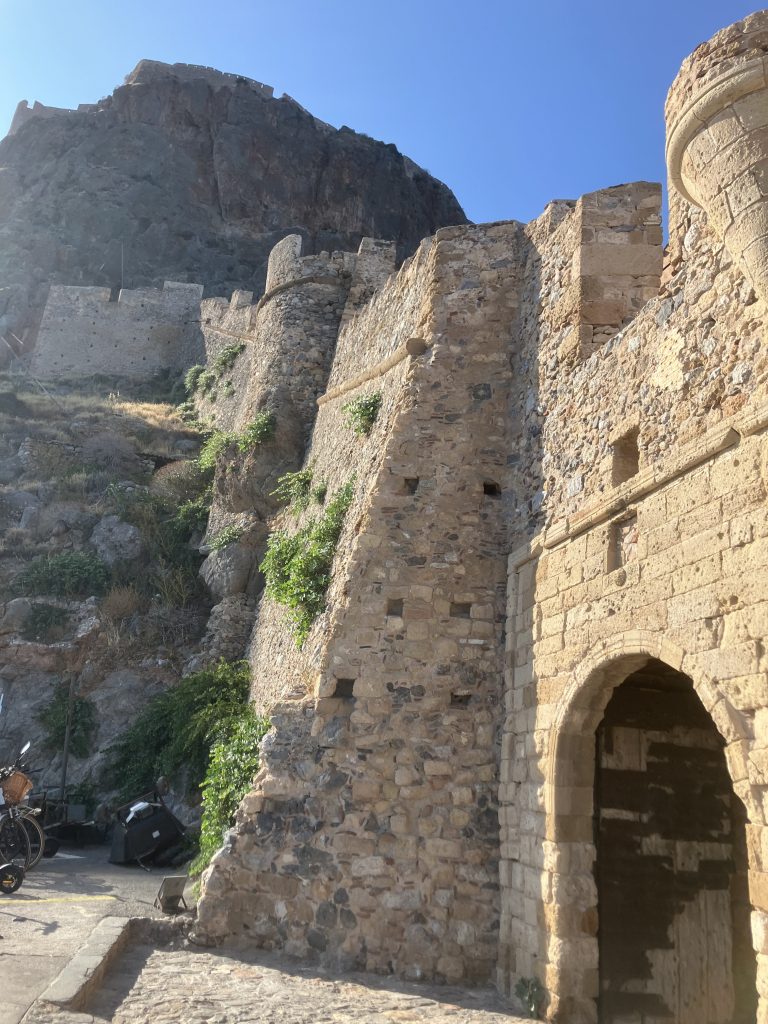
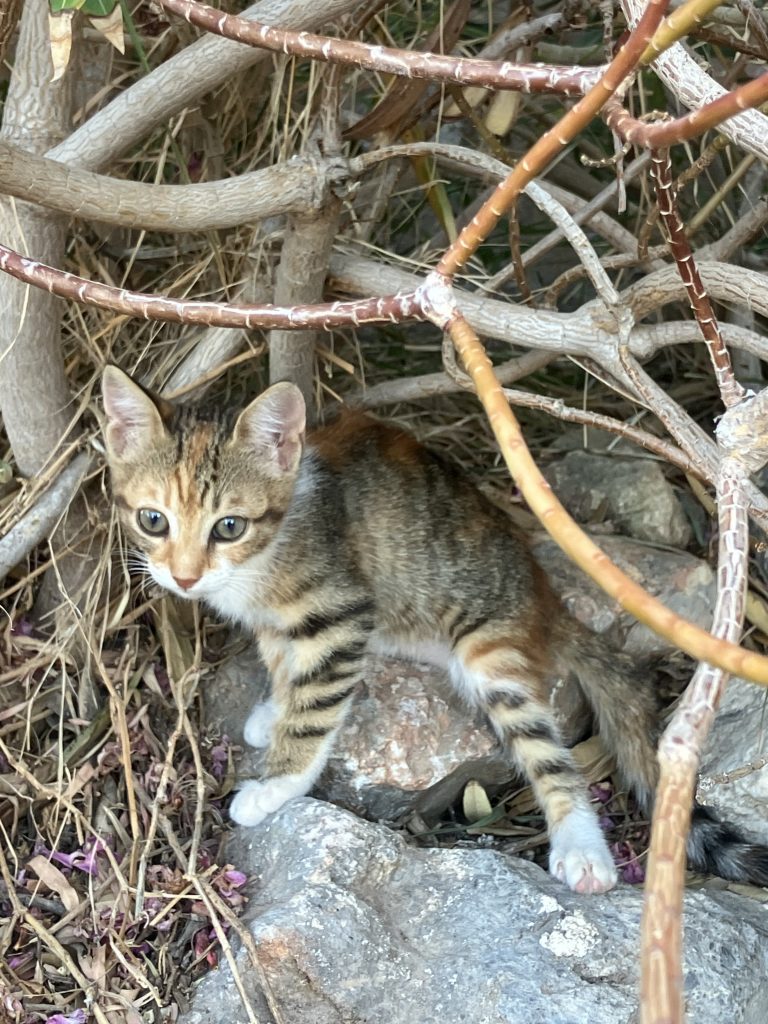
In Byzantine days of the 6th century, this town was carved out of rock on the side of the island (now connected by a causeway). It’s considered one of the oldest, continuously inhabited, ‘fortress style’ villages in Europe. It was established when Sparta underwent a raid by the Slavs, and the inhabitants picked up, moved, and founded Monemvasia (apparently not all that uncommon of a thing to do in those days).
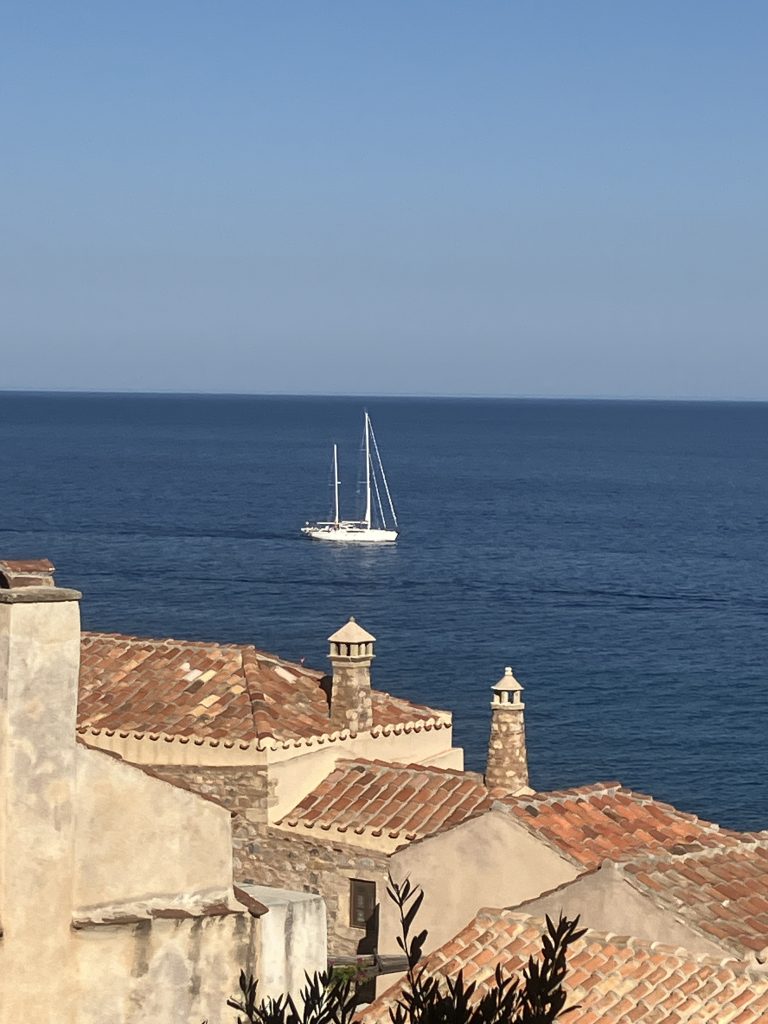
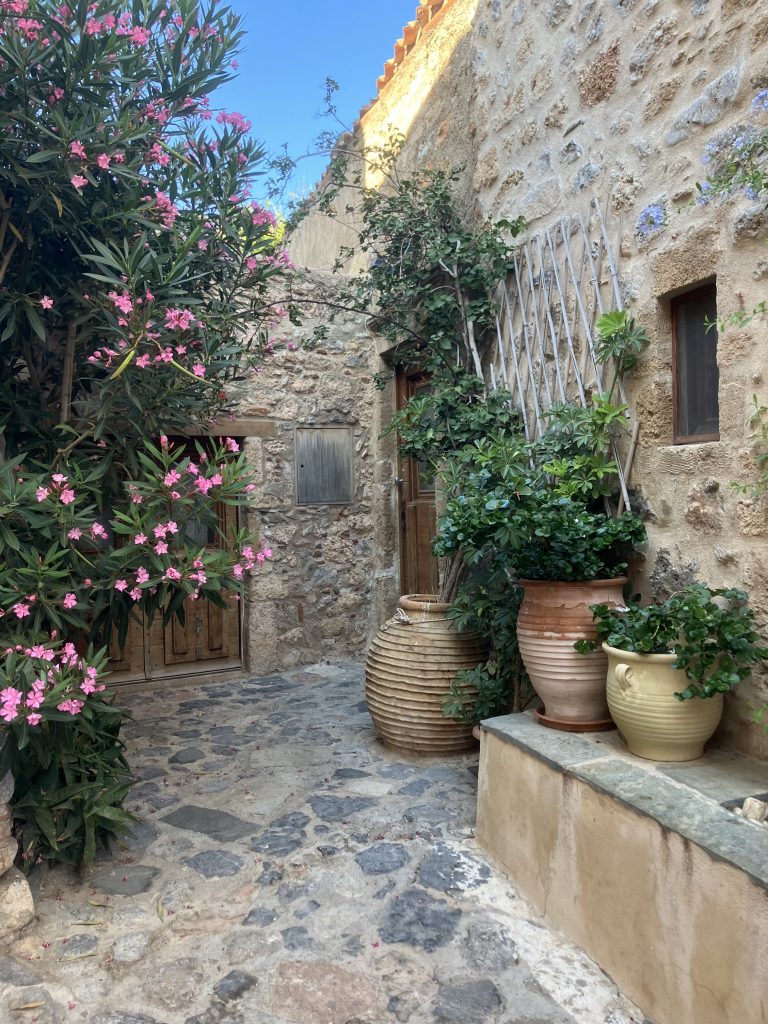
There is an upper and a lower town, and we spent an hour or so wandering the lower town and finding a place for dinner. Despite the fact that it was late June, a reservation wasn’t necessary, and it’s still easy to walk into any restaurant with a water view (which is most of them), and get a table on the spot.
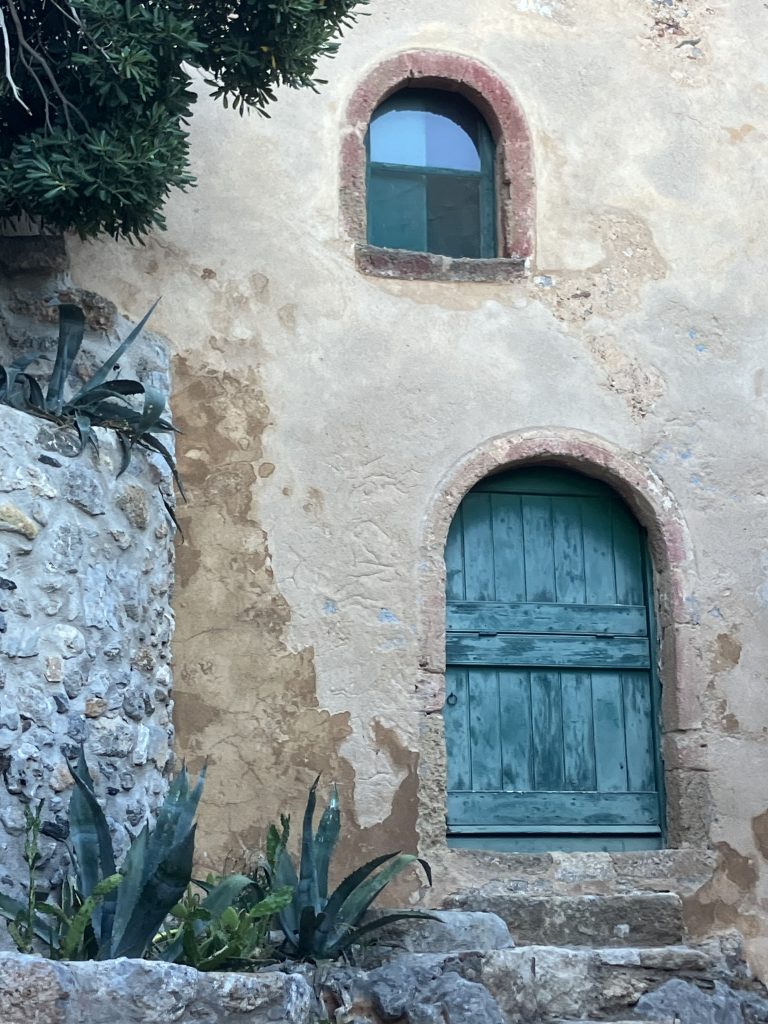
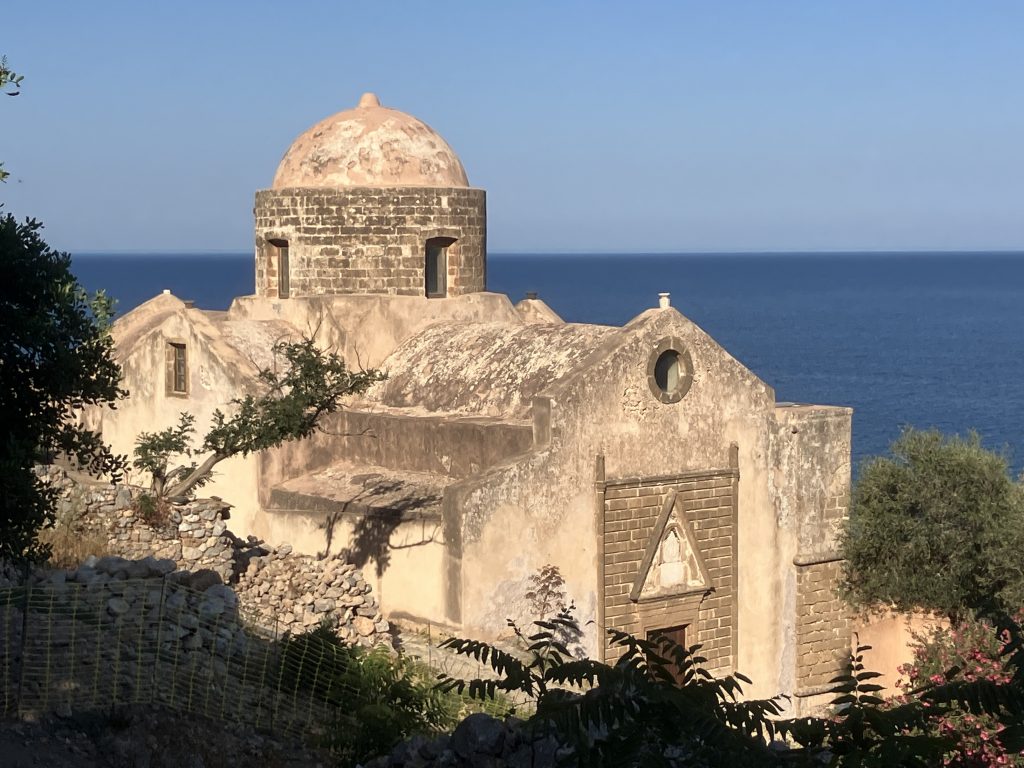
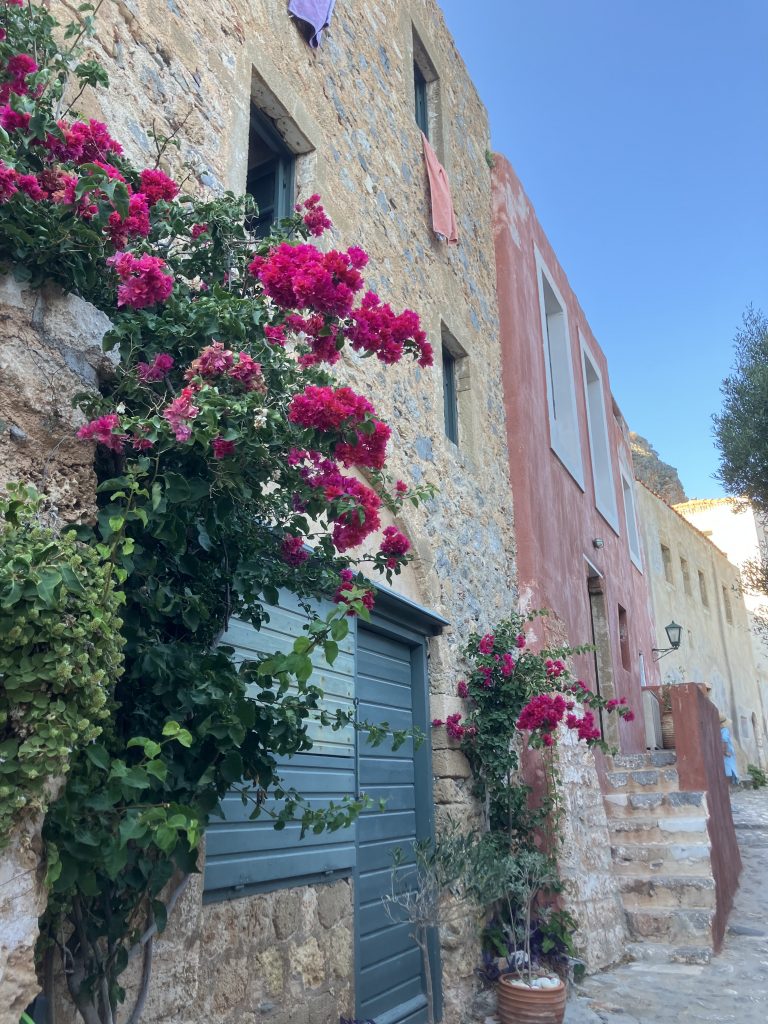
The next morning we got up early and caught the first bus up to town, as we wanted to hike to the citadel on the very top of the island, and temperatures promised to be brutal again.

We could hear a violin playing as we climbed the path, only to come upon a man named Nikolaus playing a startlingly pink violin, and his partner, Danae, filming. They’re traveling around Greece for the month and he’s performing in beautiful remote locations for their YouTube channel. It was a hauntingly beautiful way to start the day.
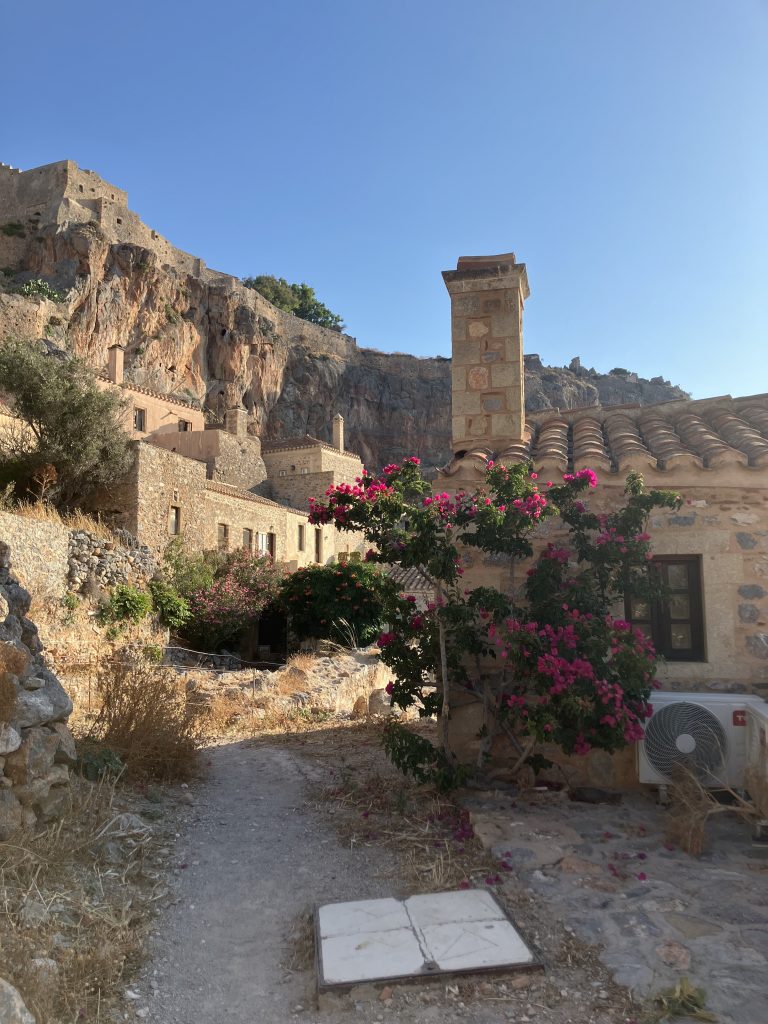
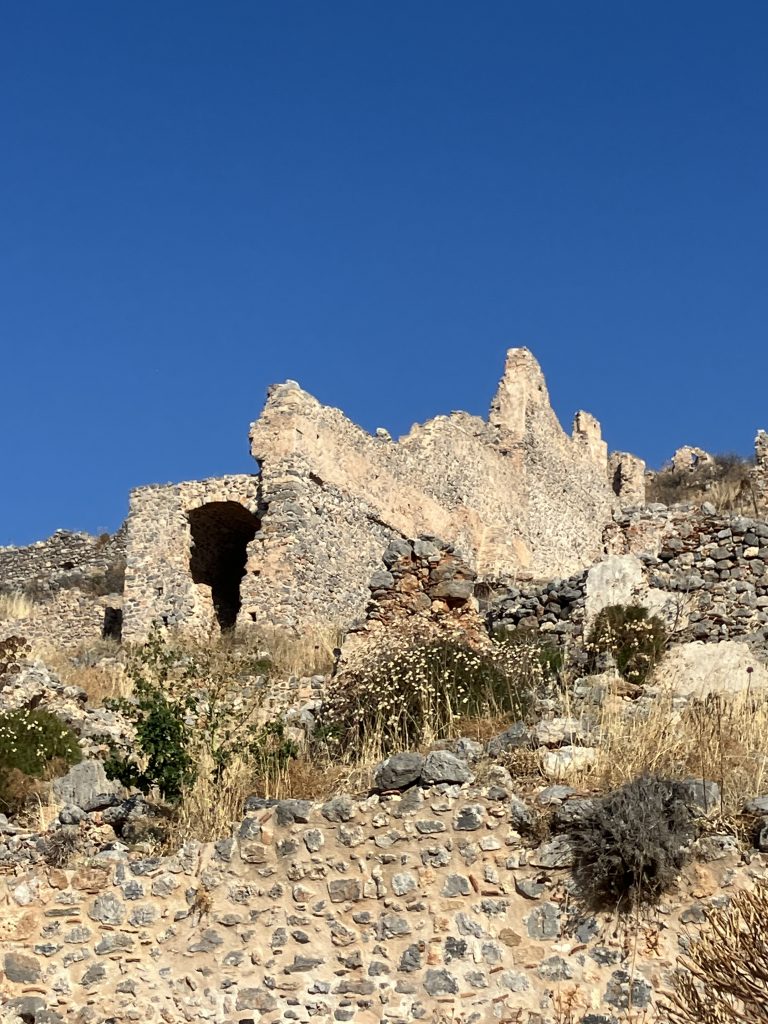

We continued to climb, wondering at the extent of the ruins indicating just how big a fortress existed at such a height. And it was amazing to see the condition that the Hagia Sophia (built in the 12th century) was in, given its age and the fact that it had been a Christian church, a Muslim mosque, a Catholic Church, then a mosque again before being handed back over to the Greeks in the War of Independence.
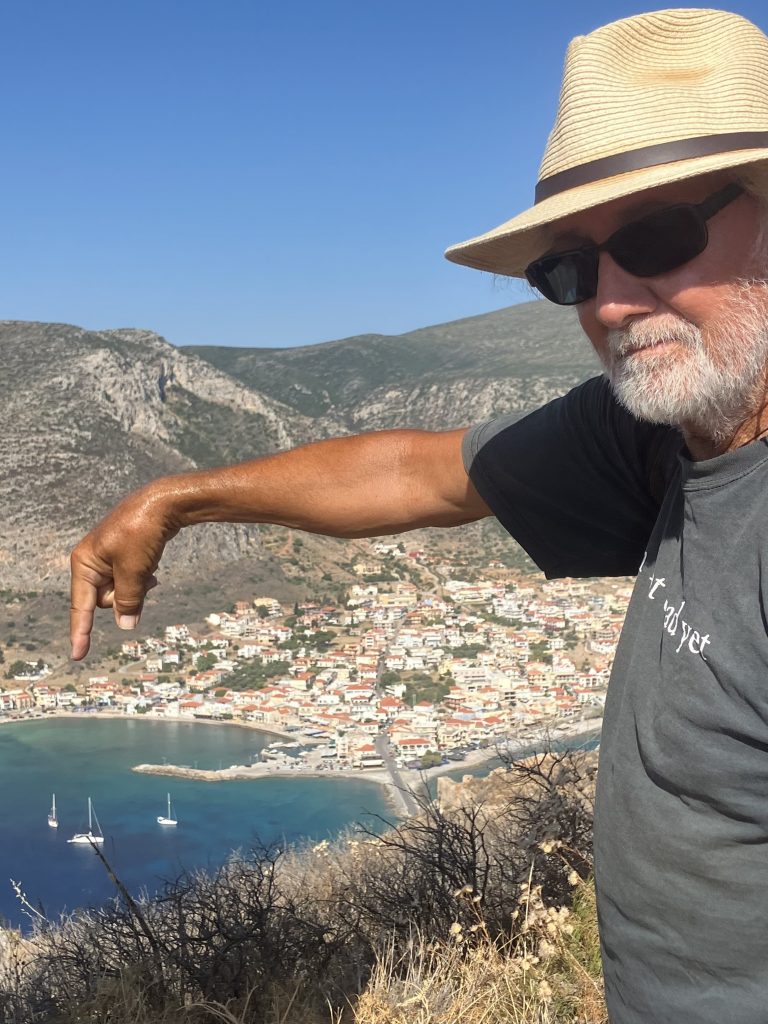
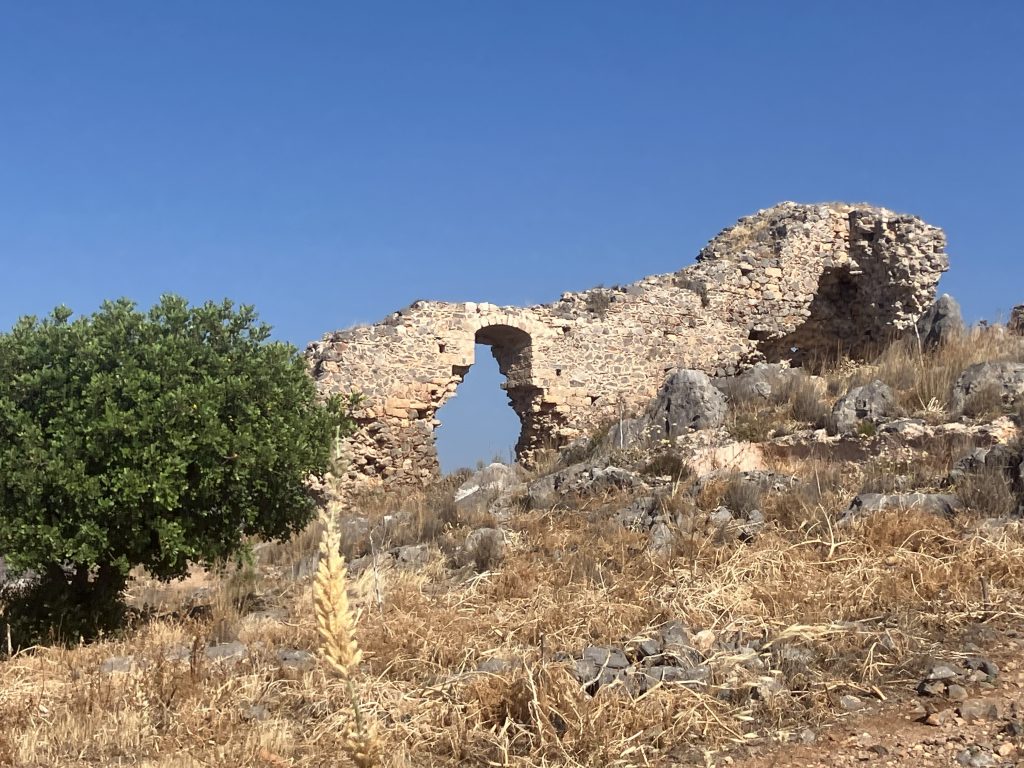
We continued the climb up to the peak, where ruins of the citadel still stand. From that height we could look back down at Kalyra, still safely sitting there in the anchorage.

The next day, as we headed north, we got the chance to see the city from the water. The lower city and the upper city were easily distinguished along with the fortress walls, and we could truly appreciate both the climb we had made, and the history of this special place.

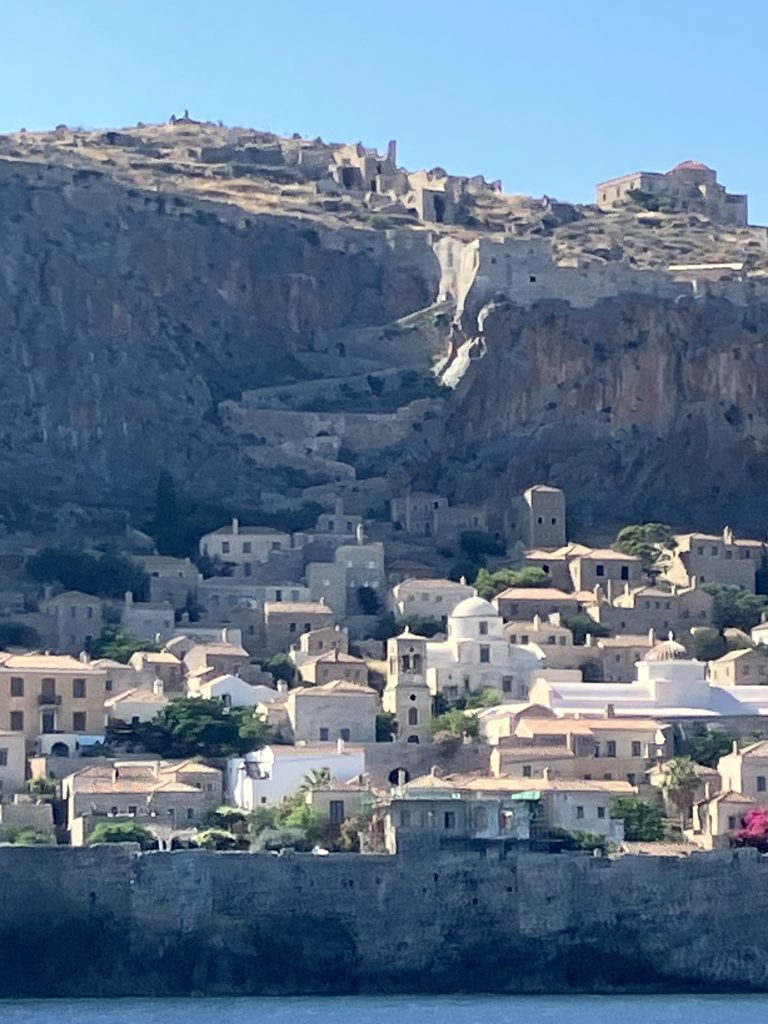

Leave a Reply